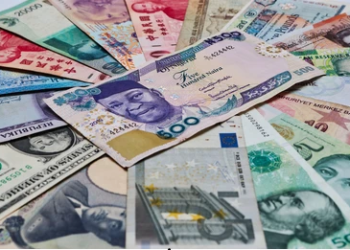The US labor market continued to display resilience in April with a robust addition of 253,000 jobs by employers, demonstrating surprising strength despite rising interest rates, high inflation, and a banking crisis that could potentially weaken the economy. The unemployment rate fell to 3.4%, matching a 54-year low.
The number of jobs added was significantly higher compared to 165,000 in March and 248,000 in February, and the gains were considered vigorous by historical standards.
Although the Federal Reserve’s aggressive interest rate hikes aimed at fighting inflation have not yet affected the job market, the higher borrowing costs have weakened key sectors like the housing market. The inflation rate, which has eased since hitting a four-decade high last year, still remains above the Fed’s target of 2%.
Federal Reserve Chair Jerome Powell himself sounded somewhat mystified this week by the job market’s resilience. The central bank has expressed concern that a robust job market could exert upward pressure on wages and prices. Powell has suggested that employers post fewer job openings to achieve a “soft landing” that cools the economy and the labor market enough to tame inflation without triggering a recession.
A positive sign for the Fed is the increase in the number of Americans looking for work. The more available workers there are to employers, the less pressure there is on them to raise wages. However, job openings fell to 9.6 million in March, which is still high but down from a peak of 12 million in March 2022 and the fewest in almost two years.
While Powell is optimistic about avoiding a recession, many economists are skeptical and predict a downturn will begin sometime this year. Nevertheless, the job market remains strong for now, and the Fed hopes that its policies will be enough to prevent a recession while controlling inflation.










